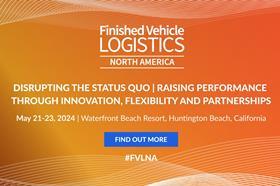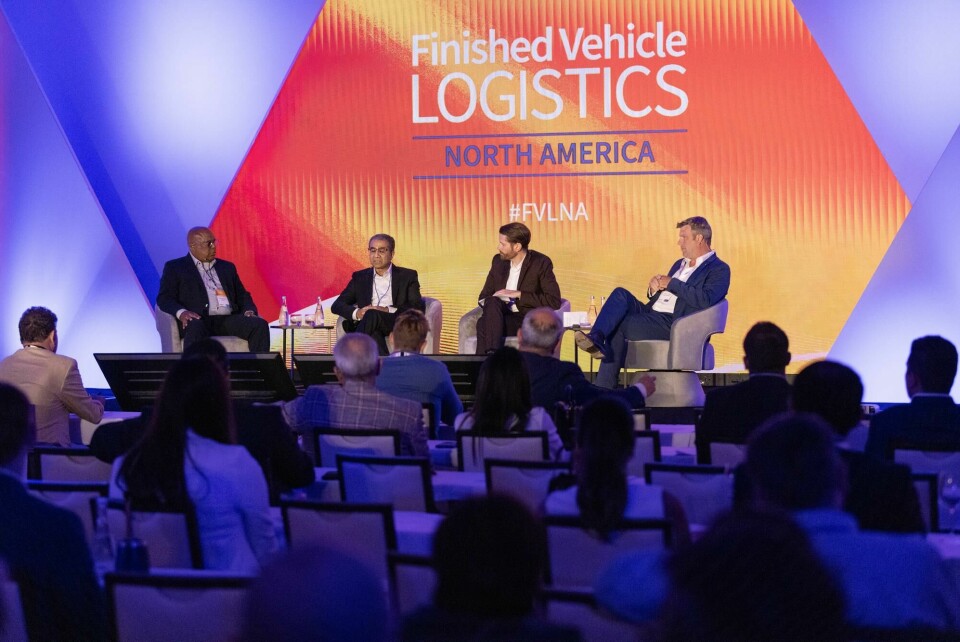
Managing long-haul partnerships in FVL
Carmakers and logistics providers are redefining partnerships to improve collective competitiveness and foster long-term success. But how is a win-win ensured for both sides?
After a tumultuous few years in the finished vehicle logistics sector, OEMs and logistics providers are looking at how to create more valuable and trusting partnerships that can endure disruptions.
At Finished Vehicle Logistics North America 2024, which took place in California from 20-22 May, industry leaders came together to discuss the changes needed in relationships and contract terms to ensure everybody wins.
Making contracts longer to build trust
“There is rapid innovation that’s happening, there is supply chain disruption, so partnerships need to be agile to manage the situation. It has to be flexible, and it has to be a dynamic partnership,” said Prashant Swadia, director of Global Logistics Purchasing, General Motors.
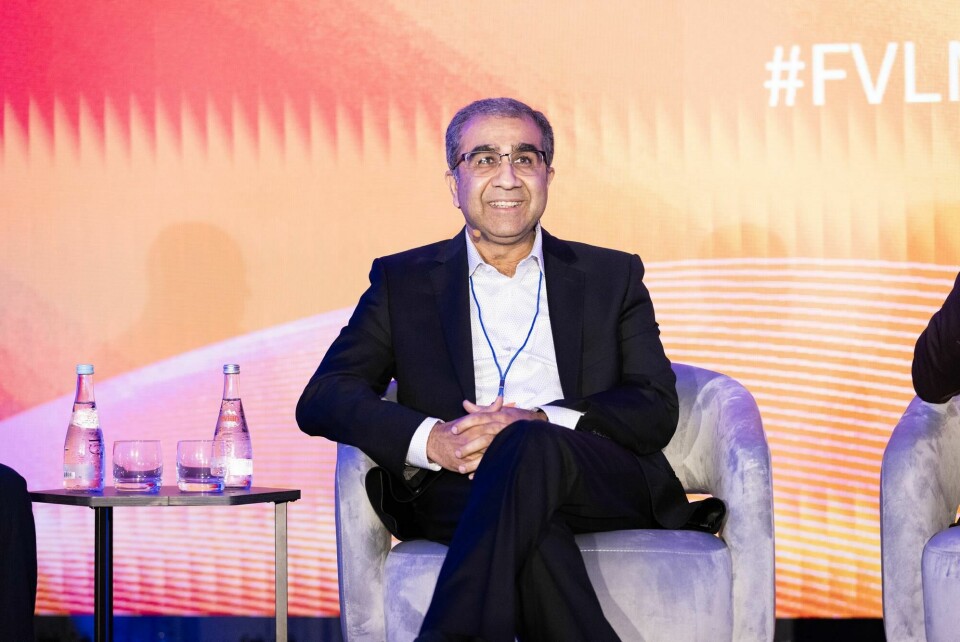
Swadia said the first step of building trust in such a partnership is to make contract terms longer, so that both the customer and the supplier aren’t just winning when a contract is signed, but throughout a longer life-cycle.
Charles J. Franklin II, senior national manager, Business Development, Glovis America agreed. He said the biggest advantage of having a longer contract getting out of a request for proposal (RFP) cycle.
“You can get out of the RFP cycle and get to the business of what you’re being paid to do, shipping the vehicles, and rather than arguing about another 20 cents here or another lane there, you get back to the business,” Franklin said. “If you’re the OEM, if you’re the supplier, you get to start managing your business and supporting that. The longer that relationship is, you become one. You know what that customer wants, you’ve been there, and they’ve communicated to you, you’ve had those bumps in the road, and so you are able to deliver this service. The trust is there, and if it’s broken they can come to you and work together to fix it without argument and debate.”
Stephen Hubert, key account manager, Höegh Autoliners said that the old style of one-year or three-year contracts just doesn’t work in today’s environment. He said that the autoliner was “banging their heads against the wall” trying to be communicative and efficient on one-year contracts.
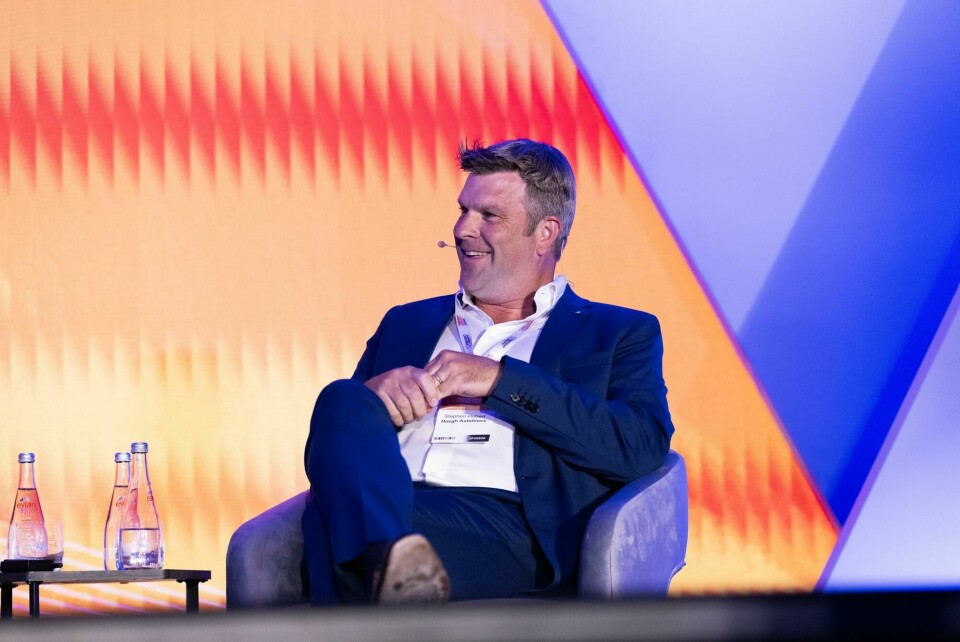
“When we look at what we’re doing now, we have 12 new vessels on order, some are doing water trials right now, and our goal of environmental sustainability and carbon neutral vessels is to be that driver,” Hubert said. “The cost of the vessels and the long-term partnership that is required in that and the economic predictability that we receive in a long-term contract allows us to leverage that with lenders in going out and purchasing these new advanced environmentally friendly vessels.”
Communicating clearly, effectively and timely
Swadia said that building trust starts with communication, but overwhelming every stakeholder with information isn’t necessary, and on the flip side, drip-feeding small amounts of information to the wrong people isn’t going to be effective either.
“You need to share the business priorities and needs and then listen to the supplier,” Swadia said. “First, we at GM are going to large and medium groups [of suppliers] where the message is common. Second, we’re going to a smaller group of supplier bays and asking them what GM should be doing for them to enable them to work with us o a longer term and grow together. Then, it’s layered in with individual communication where we’re asking which segment, mode or services would make sense for us to work together on.”
“With a longer-term contract, a little more information does tend to flow,”
Franklin agreed, stressing that the most important part of communication is listening. “Tell me what you need, be specific in terms of services, timelines and all of those things so I can go and see what tools I have to meet that,” he said. He added that if something can’t be achieved, it’s important to be honest about your capabilities and where they might be lacking, so that another solution can be explored, maintaining the trust.
Areas where transparency is lacking
While there is a general consensus that most partners in FVL are willing to put some risk on the line in communicating, there are still some areas where transparency is lacking.
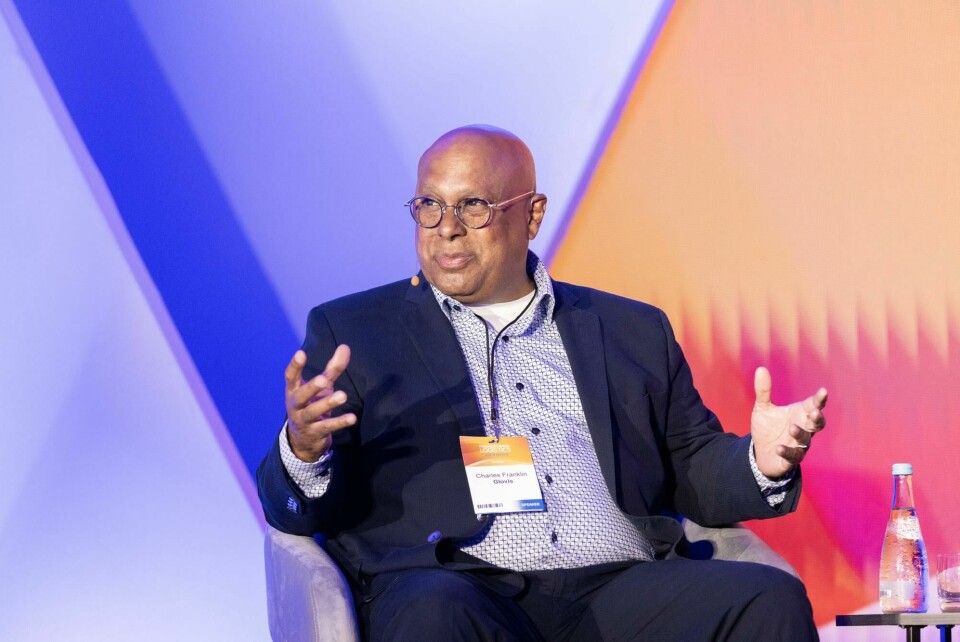
Franklin said that some of this is due to industry norms that are tricky to get rid of, with some partners simply lacking the information that is needed, or others withholding it due to corporate sensitivity.
“But with a longer-term contract, a little more information does tend to flow,” Franklin said. “They know this is a trusted provider who isn’t going to be on Facebook tomorrow with this information. They know that sharing this information with us will help create some more solutions.”
Swadia said a way to change the industry perception on transparency with partners is to get into the habit of proactive sharing.
“We need to invest time and energy to sit down and speak with our partners,” Swadia said. “And I think there’s an obligation on the OEM’s part to say: ‘Hey, this is why I’m asking this question’.”
Balancing transactional relationships with long-term contracts
Of course, it doesn’t make economic sense to go into a decades-long contract with every business partner, and relationships will still remain transactional on some level. But the panel of experts agreed that this is a good thing.
Swadia said there are certain modes and services which will remain transactional at heart, and that we needn’t shy away from that. “I’ve seen some cases where service with supplier A can be long-term, and supplier B can be transactional,” he said. “Or if you have a business and need to ship 100 vehicles, you can put 60 of them on a long-term contract and 40 on a transactional contract, so it gives flexibility to both partners. It has to be appropriate, as not every contract needs to be long-term.”
